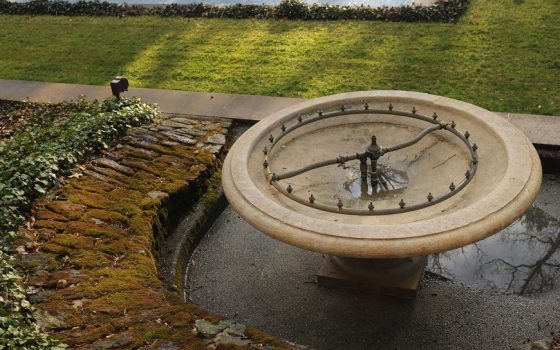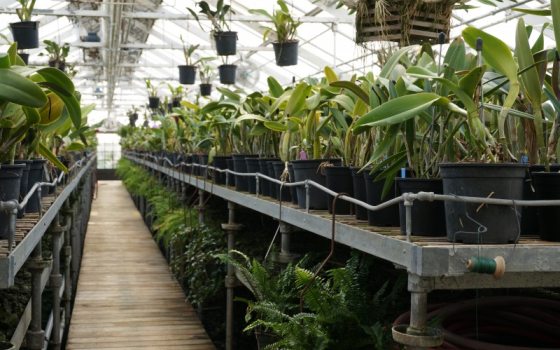All gardens need structure on which to grow. As long-stemmed flowers require staking in order to thrive, Longwood has long depended on the stability of the complex system of our 210 buildings and structures, as well as our infrastructure, that together make up our Gardens—and without which our plants would not be able to grow. Our Facilities team tirelessly maintains that complex system and, like our Horticulture team, has had to make necessary changes to its operations to adapt to this time of crisis. From having to completely reroute Longwood’s massive irrigation system to keeping the entire organization connected via technology accessible from home, the efficiency of our Facilities team itself is the system on which our organization relies.
The beauty of our Facilities staff is that they are often not seen by our guests, but the result of their work is the glue that binds us. Our electricians keep us powered. Our painters and carpenters keep us polished. Our masons keep us strong. Our mechanics keep us running. Our HVAC technicians keep us heated and cooled. Our plumbers keep us flowing. Our information technology team keeps us connected. And even though our Gardens are closed to guests at this time, our buildings, our structures, and our infrastructure continue to require care and maintenance … and we have had to care for and maintain them with a far reduced onsite Facilities staff, while following a staggered work schedule, strictly following safety mandates, and maintaining social distancing. “Every single member of our team is keeping Longwood functional, maintained, and ready for a reopening,” shares Vice President of Facilities Ken Grablewski. “Our dedication to Longwood has only increased during this time, not only out of a sense of necessity, but out of a sense of commitment to all that Longwood means.”
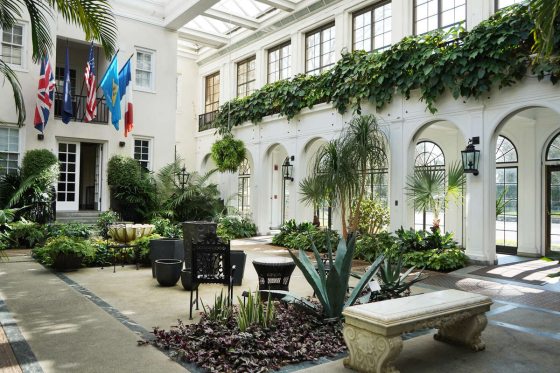
No matter his or her focus, every single member of the Facilities team has had to make substantial changes in response to the COVID-19 pandemic. One of the most critical decisions the team had to make was how to manage Longwood’s irrigation system … a system that is extremely dependent on having a minimum number of guests in the Gardens every day. Without our guests using the system, it has not been able to run on the effluent it depends on, which in turn is processed by our treatment plant. Simply put, our irrigation system has not had enough water with which to operate without our guests being on the grounds. It was a problem we needed to solve, and quickly—no irrigation system would mean no water for our plants. Thankfully, Longwood had a secondary irrigation system—a series of lakes and wells—already in place.
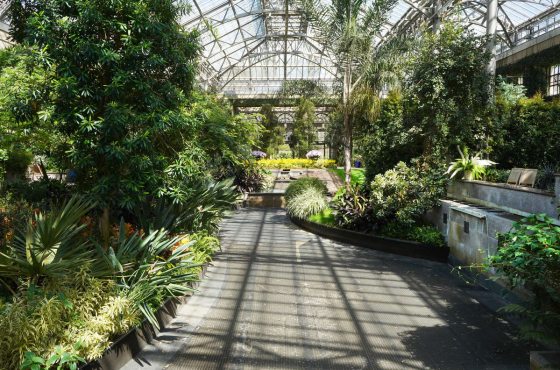
Our irrigation system solution was to activate and switch operations over to our back-up irrigation system—a secondary system we thankfully have but not often use. This secondary system relies upon lakes and wells on our property and keeps us running efficiently without wasting water and without harming our lakes. After we reopen and as soon we are able, we will switch back to our primary irrigation system.
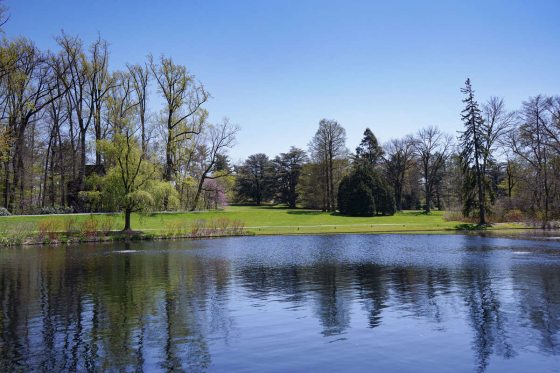
Mechanically, our Facilities team has had to develop a plan to maintain and manage the flow of water across our Gardens, including our pumps and our fountains. The team has developed a scheme to put the fountains in preparatory mode, leaving everything dry at this time, in order to—and in response to reduced onsite staff—best maintain the system and reduce the need for water treatment. Preparing the Main Fountain Garden, for one, is an annual endeavor involving plumbing and electrical ingenuity that begins months before the fountains are able to be turned on. “It’s a huge endeavor under normal circumstances to get our fountains prepared,” shares Grablewski. “We’re doing all we can, when we can.”
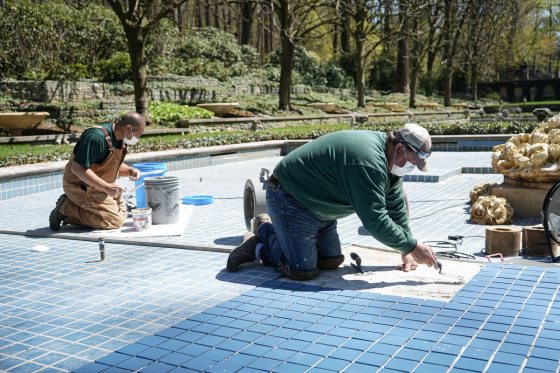
As always, a top priority of our Facilities team has been keeping our electrical system running, so we have light and heat for our onsite staff, for our plants, and for our infrastructure. In order to direct steam and heat to all of the buildings across Longwood, and to keep our plants thriving, our Boiler Room must operate 24 hours, seven days a week from October through mid- to late May … meaning it’s still going now. Keeping the boiler room running, as well as maintaining optimal conditions for our conservatories and greenhouses, have been of utmost importance.
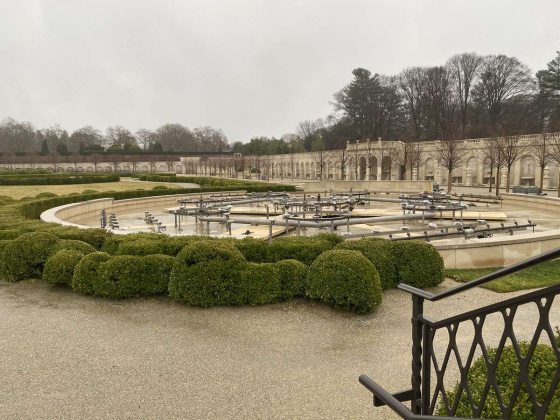
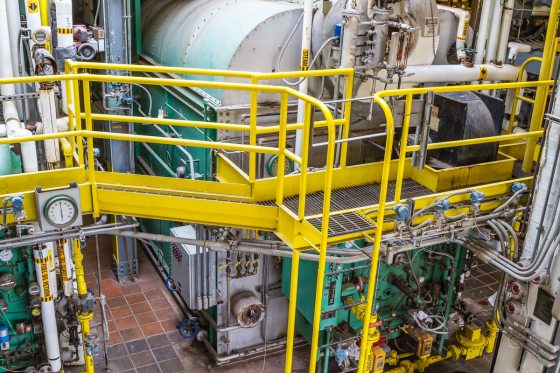
Also of utmost importance is keeping all Longwood staff connected, as many of us having been working from home during the closure. Our IT team, which serves as part of our Facilities department, has provided vital support in allowing us to continue our operations in the safest way possible including preparing our staff to work remotely and troubleshooting any complications along the way. The Facilities team has also supported Longwood staff who live on the property, continuing on with such important projects as completing a new water line for the residents of Red Lion Row.
As with all things, there has been a silver lining for the Facilities team during this time. “This is really the only time we’ve ever experienced an extended time in our Gardens without guests,” shares Grablewski. “We’ve chosen to spend some energy, given our reduced onsite staff and while following proper protocol, to tackle projects we typically can’t complete with guests on the grounds.” The team has taken advantage of the lower flow of the current irrigation system to upgrade Longwood’s sewer treatment plant, while the masons have completed repairs across the Gardens, as just a couple examples. While the circumstances have changed, our Facilities team’s commitment to keeping Longwood strong, stable, and guest-ready has never wavered … the results of which you will surely see upon our reopening.
